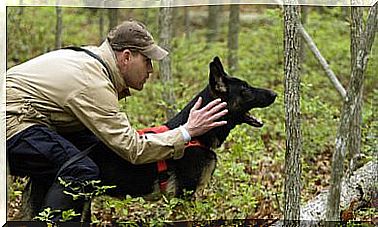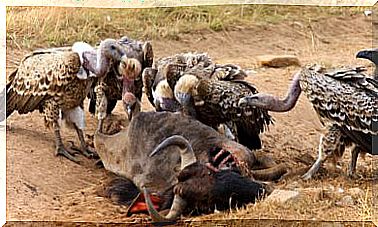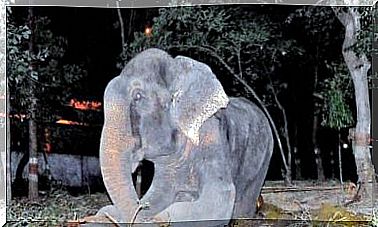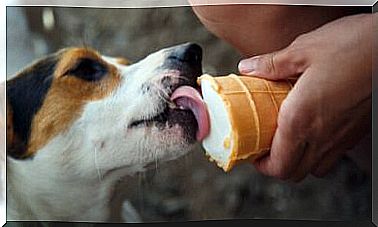Rescue Dogs In Ecuador: A Great Support

In some extreme circumstances, man’s aptly named best friend remains irreplaceable. This is the case of the recent earthquake that devastated northwestern Ecuador. There, the work of rescue dogs became a fundamental tool to find people buried under the rubble.
Rescue dogs and their essential work in the midst of disasters
Some 120 dogs specially trained to perform this type of task – both local and belonging to aid brigades from different countries – were sent to the areas most affected by the earthquake, which reached a magnitude of 7.8 on the scale of Richter and that he had numerous aftershocks.
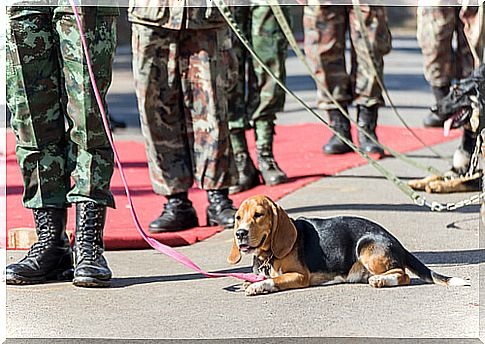
Rescue dogs are more efficient and faster than machines at detecting survivors. But, in addition, they achieve something that no device has achieved so far: they can also locate corpses under the ruins.
And it is that in the search for people trapped in the rubble, it has been found that dogs can track 100 square meters in 5 minutes. A human, with the proper instruments, would perform the same task in three-quarters of an hour. And, on occasions when time is essential to save a life, there is no doubt about the irreplaceable work of these beings.
How rescue dogs work
The great olfactory and auditory capacity of these animals should be added to the intuition and stubbornness they show in their role as rescuers. When a dog detects a person – alive or dead – it looks for a way to attract the attention of the brigadistas. For instance:
- He begins to bark.
- Go around the place.
- He sits in the right place and does not move.
A dog of any breed far surpasses the most sophisticated technology. Another concrete example is the one that indicates that with technical instruments victims can be found up to a maximum of 5 meters deep. Dogs do it up to 10 meters and, of course, much faster.
Rescue dogs can also be victims
But while they carry out their work, moving through the rubble, the dogs suffer lacerations and cuts on their legs. For this reason, the donation of shoes or boots with rubber soles and self-adhesive elastic bandages was requested to protect these true heroes.
Nor are rescue dogs exempt from becoming victims in the midst of this disaster situation. This was the case of Dayko, a four-year-old Labrador who died of dehydration after rescuing several people.
Despite the fact that medical professionals managed to stabilize it and it was transferred to another city, the animal could not withstand the inclemency of the disaster area between intense days of searching for survivors.
Characteristics sought in rescue dogs
Although, as we have already pointed out, any dog is in a position to be a good rescuer, those specimens that :
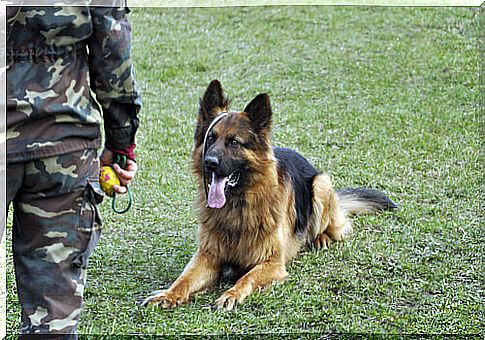
- They are medium to large in size. (Although some smaller animals can access places where larger ones cannot.)
- They have a more developed sense of smell and hearing, as well as a prey drive.
- They prove a good state of health.
- They show intelligence, docility (trainability) and sociability.
- They are agile and resistant.
- They are used to stressful scenarios.
Other areas where rescue dogs are used
Although their performance in finding landslide survivors can be noted as irreplaceable, rescue dogs have also been used with remarkable success to find :
- People lost in forests, mountains, swamps, etc.
- Buried under avalanches of snow or mud.
- Common pits.
- Shipwrecked, bathers dragged by the water, drowned.
The ideal is to start with the training of these commendable beings from puppies. With constant and accurate education they will learn to carry out the fundamental task of saving victims of different catastrophes.


